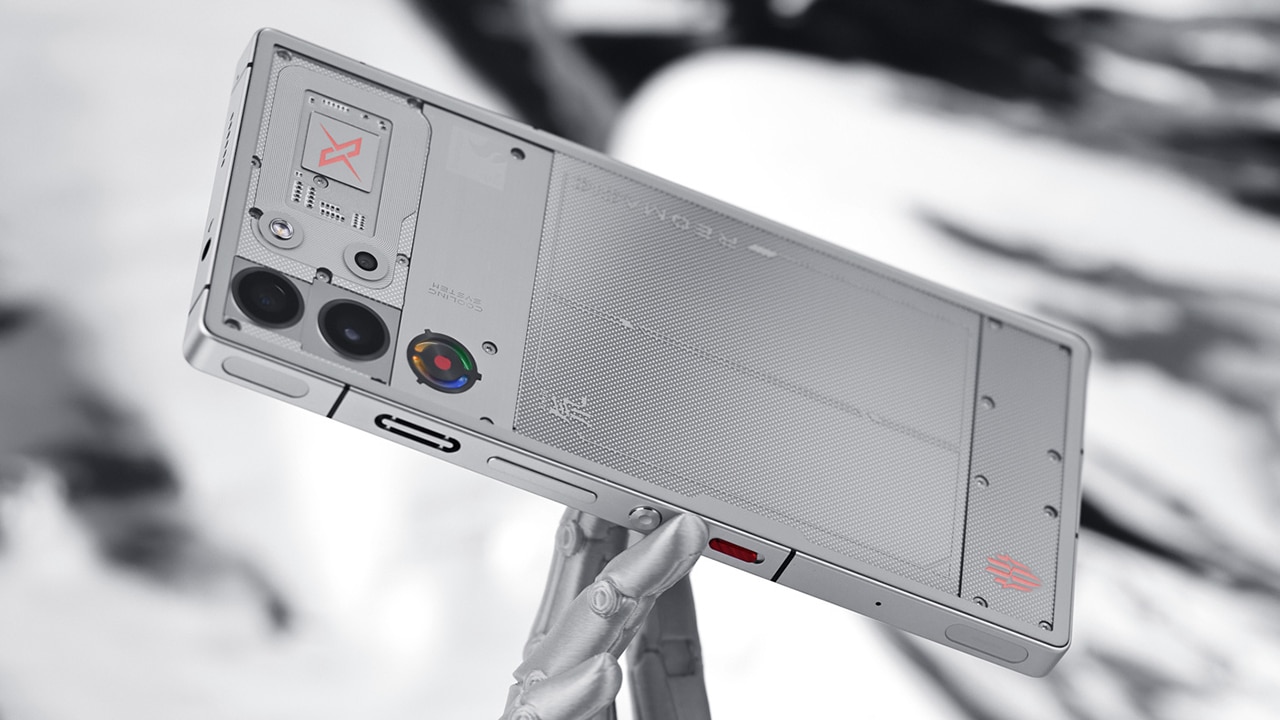
The AnTuTu 10 benchmark has released its performance ranking for August 2025, and the gaming flagship Red Magic 10 Pro, powered by Qualcomm’s Snapdragon 8 Elite, secured the top spot.
Qualcomm continues to dominate the high-performance segment: seven out of ten devices in the ranking are built on the Snapdragon 8 Elite platform. MediaTek’s Dimensity 9400 held two positions with the vivo X200 Pro and X200 Pro mini, while Samsung’s Galaxy S25 Ultra with a customized Snapdragon 8 Elite OC version rounded out the list at tenth place.
Top 10 Smartphones (Total Score – AnTuTu 10)
- Red Magic 10 Pro (Snapdragon 8 Elite, 12/256) — 2,670,065
- iQOO 13 (Snapdragon 8 Elite, 16/512) — 2,648,446
- iQOO Neo10 Pro+ (Snapdragon 8 Elite, 12/256) — 2,537,149
- OnePlus 13 (Snapdragon 8 Elite, 16/512) — 2,499,396
- Poco F7 Ultra (Snapdragon 8 Elite, 16/512) — 2,438,753
- Mi 15 Ultra (Snapdragon 8 Elite, 16/512) — 2,427,215
- vivo X200 Pro (Dimensity 9400, 12/256) — 2,411,591
- Mi 15 (Snapdragon 8 Elite, 12/512) — 2,377,260
- vivo X200 Pro mini (Dimensity 9400, 12/256) — 2,314,890
- Galaxy S25 Ultra (Snapdragon 8 Elite OC, 12/256) — 2,156,040
Key Insights
- Gaming optimization makes the difference. The Red Magic 10 Pro tops the global ranking thanks to advanced cooling systems and aggressive performance tuning.
- Qualcomm’s dominance. Snapdragon 8 Elite powers seven out of ten devices, occupying almost the entire upper half of the chart.
- MediaTek’s challenge. The Dimensity 9400 shows strong results with two entries (7th and 9th places), though still behind Snapdragon in total performance.
- Samsung’s surprise. The Galaxy S25 Ultra, despite using the Snapdragon 8 Elite OC variant, delivered notably lower GPU scores, likely due to thermal and power consumption limits in its standard performance profile.
- Memory configurations matter. Devices equipped with 16 GB RAM / 512 GB storage consistently rank higher, driven by stronger MEM and UX subscores.
How AnTuTu 10 Measures Performance
The benchmark aggregates four core components: CPU, GPU, MEM, and UX. Final results depend on factors such as firmware version, performance mode, device temperature, and memory capacity. Real-world usage may therefore differ slightly from these «laboratory» results.














